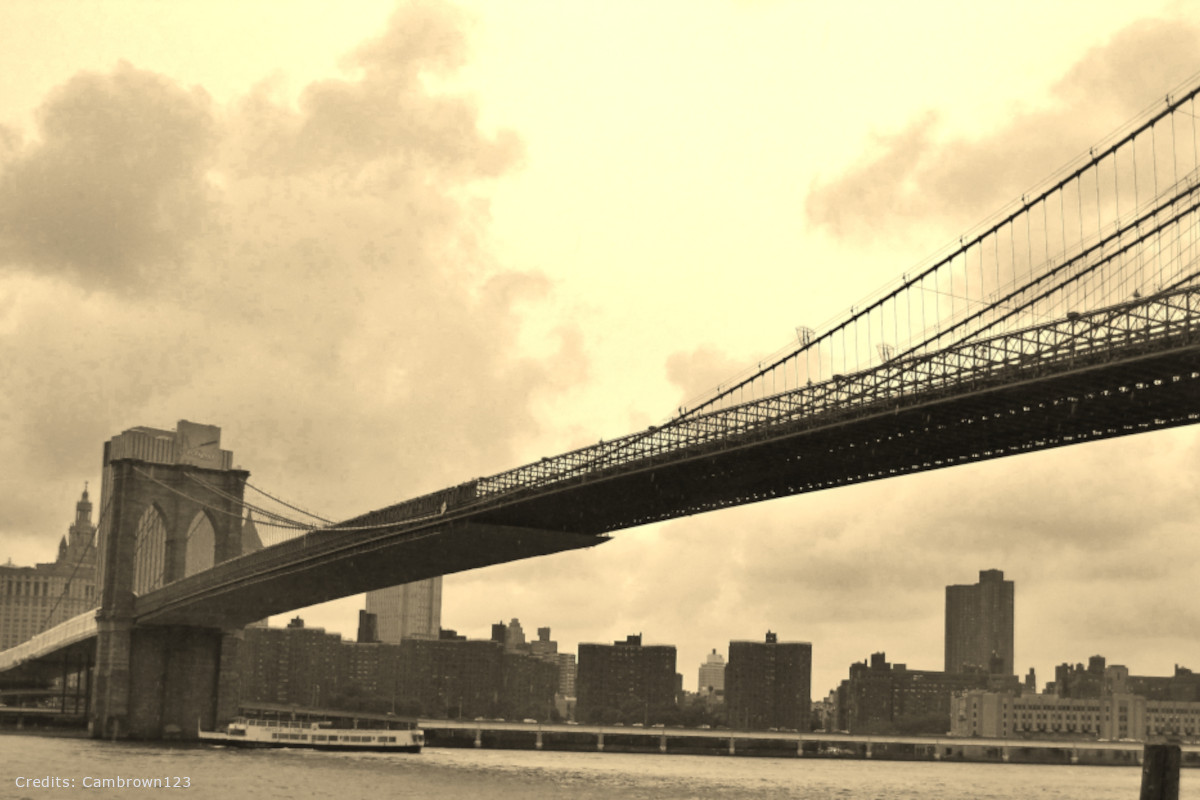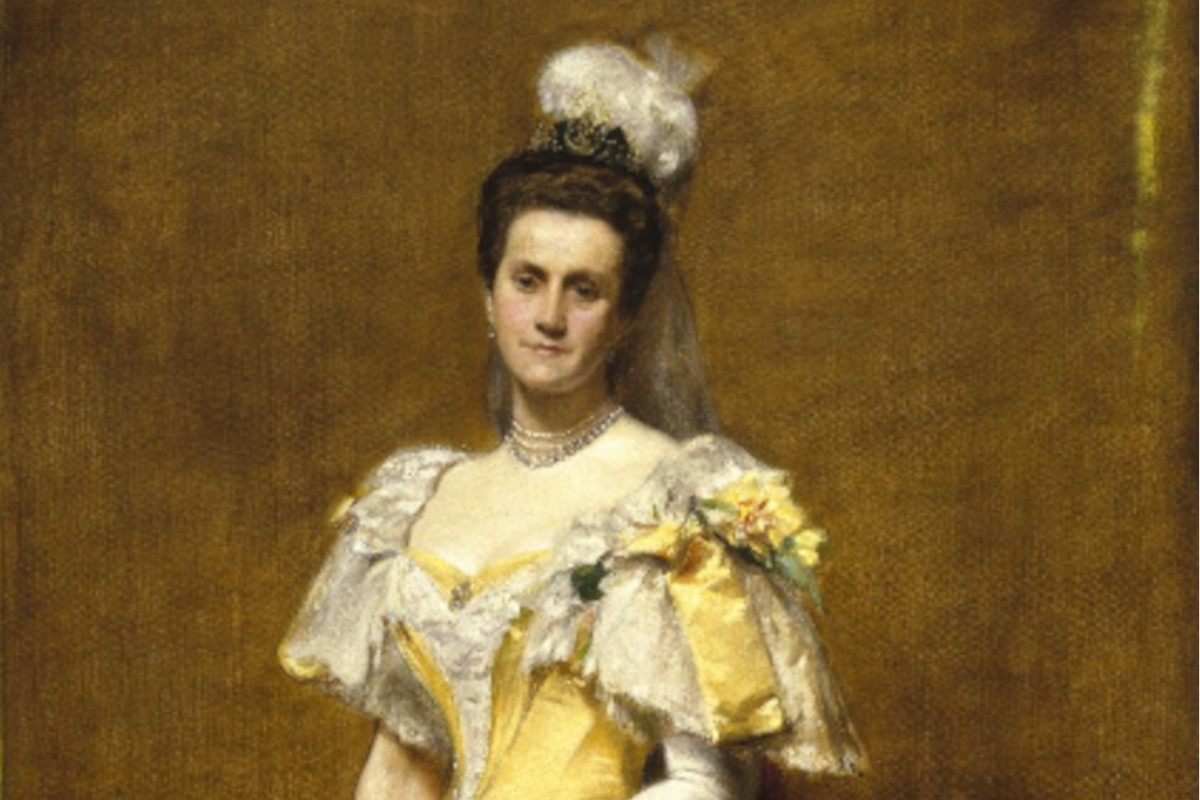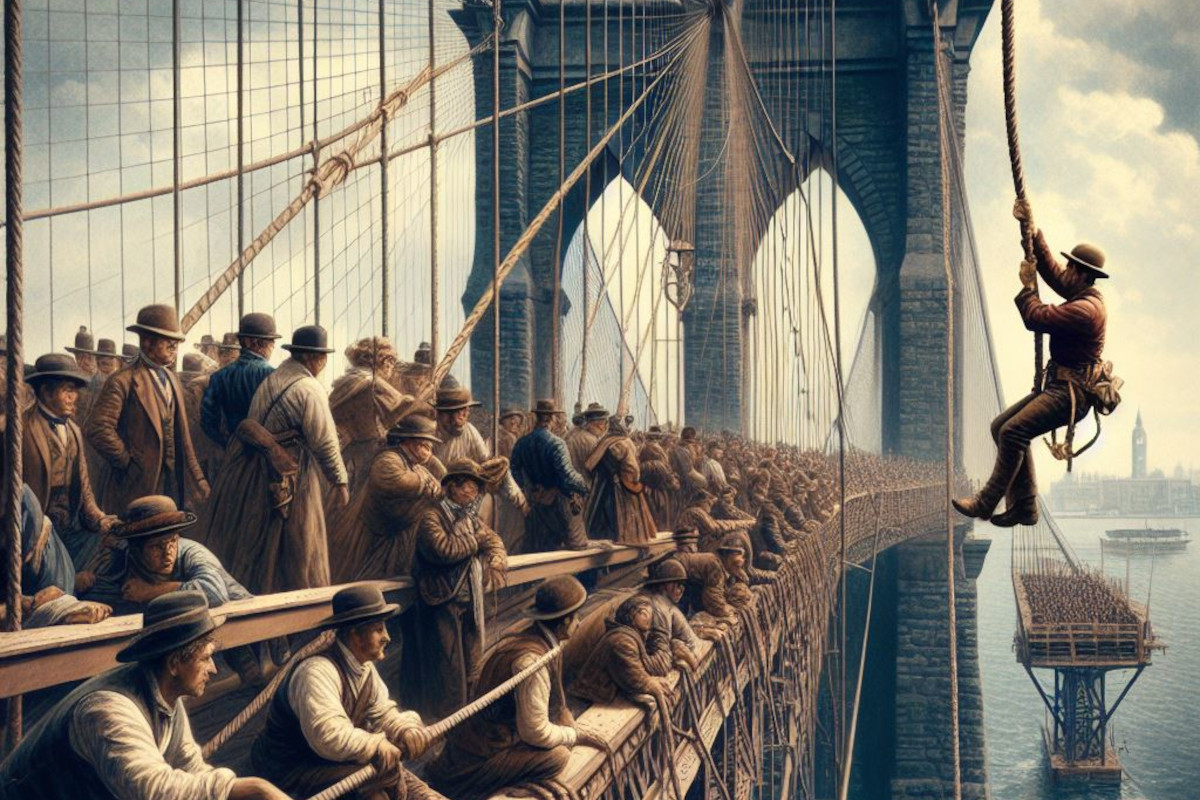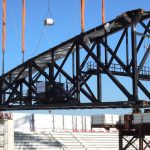The history of steel culminates with the birth of the world’s first real bridge made of this material: the Brooklyn Bridge.
Gherardo Canale, Project Engineer at Incide Engineering, continues the narrative on the history of steel by recounting the vicissitudes that led to its birth, taking on the perspective of Emily Warren Roebling: the woman who in the 1800s led the most complex project ever built.
The Roebling family
I am Emily Warren Roebling and this is my story, linked to a bridge that defied the sky and the waves, a bridge that joined Manhattan and Brooklyn. A bridge that changed the face of New York forever.
It all started with John Augustus Roebling, my father-in-law. A German engineer by training with a bold and challenging worldview. He emigrated to the States and founded his own steel wire manufacturing company in 1849. The Roebling Wire Company (which still exists today) soon became synonymous with excellence. Roebling was a pioneer in the art of producing steel wire. The revolutionary technique involved leakage, an innovative process that gradually reduced the diameter of the wire through a series of steps. This plasticised the cables making them stronger and more flexible, perfect for the challenges of suspension bridge construction.
He often sat on the piers observing and planning for the future. For years he dreamed of reaching Manhattan on foot. He went so far as to make agreements with the mayor of NY for the construction of an unparalleled structure.
Unfortunately, fate was adverse to him during one of these Pindaric flights.
In 1869 a ferry shuttling between the two shores broke down and ran over John. First he lost a leg and then his life. My father-in-law’s dream, however, survived. The agreements made with the mayor were not broken. The bridge would be built. Only one more Roebling was needed: my husband, Colonel Washington Roebling. A veteran of the bloody American Civil War, he took the reins of the project. With the military style he had acquired on the battlefields, he organised the construction site, created a work team, started stacking drawings upon drawings and made agreements with workers and contractors. The first brick was laid.
The Steel Thorn
Connecting Manhattan and New York was no ordinary feat, but a daring experiment in steel, a material never before used on this scale. Four huge steel cables, each containing 5657 metres of galvanised wire, would anchor the bridge. These cables would be attached to granite slabs set into the rock at the end of each tower. The span of the bridge would reach 486,3 metres and its height would rise 84 metres above the East River.
It wasn’t just the steel that made the Brooklyn Bridge extraordinary. It was my husband’s heart and determination. Yet while everything was going in the right direction, something mysterious and unknown began to emerge as we dug deeper. The astonishing engineering innovations required a terrible and unanticipated contribution.

The bowels of the earth
The construction site was a dangerous dance between life and death. The self-sinking caissons were ingenious, but insidious. They allowed workers to dig deep into the river bed, but it turned out that they only allowed this at a high price. Workers would descend into the bowels of the earth inside pressurised caissons. When they came out they began to feel sick. They would writhe in pain. They would lose the use of their limbs. Worse. They would die. To be precise, two dozen workers lost their lives, victims of a then little-known disease, sadly known today as gas embolism.
The first modern hyperbaric chambers were born at the same time, driven by the research of Paul Bert, a French physiologist who took an interest in these terrible events. In 1878 Bert published his book ‘La pression barométrique’ in which he explained the pathological basis of the so-called ‘caisson disease’ or decompression sickness.
Among the victims was my husband. Ironically, he emerged from the Battle of Gettysburg unharmed, with a decoration for valour, but from one of the self-sinking caissons he did not make it. He did not die, but was hopelessly paralysed, unable to continue his work in the field.
A tragedy. Another Roebling hit by the curse.
My turn. Emily Warren. The daughter-in-law of a Roebling. The wife of a Roebling. A woman in charge of the most complex project ever. I studied hard. I learned a lot. Stress analysis, mechanical strength, catenary arches. The discipline of engineering bent to my knowledge for 14 years of my life. I learned how to manage workers and organised the construction site.

I was invited to speak at the American Society of Civil Engineers (ASCE) and later became the first woman to become a member. I also fought for women’s rights by publishing articles in well-known magazines.
The towers were erected. Now came the most dangerous part: the cables had to be lifted and stretched. I still remember that day when one of them broke, killing a worker and narrowly missing a ferryboat. My husband and I were accused of using non-compliant steel. We faced the charges together and the truth came out. It was the High Wire Company (who won the contract) that had cheated on the tests.
I redid the calculations. I added more wires to the strands, but it was thanks to another person that the work went ahead. A madman whom I trusted to complete an even madder project.
Farrington’s Flight
It was a foggy morning and the stacks stood out like the legs of a giant of steel and stone. Workers bustled about, hammering, welding and sweating under the relentless sun. One man stood out among them all: Frank Farrington, the chief construction supervisor.
Farrington had the scrutinising eyes of a hawk and calloused hands from years of work. He was my operating arm. Every bolt, every beam, every cable passed under his watchful gaze, but there was a challenge calling him, a test of courage that would mark the history of the bridge.
The main span, the one between the mighty pylons, seemed like an endless abyss. The steel cables intertwined like giant snakes and the emptiness beneath them made one’s head spin. No one had yet dared cross them. It was his turn.
One evening, as the sun dipped into the East River, Farrington climbed the Brooklin pile. Workers watched him, their hats in their hands. It was as if the world held its breath. He tied a rope around his waist and climbed the central strand. The wind whistled in his ear and his heart beat wildly.
With a bold smile, he let himself slip.
He crossed the span like a bird of prey, his feet barely touching the cables. The crowd watched him, spellbound. When he reached the other end, he burst into applause. He had become a living legend.
He inspired confidence. He motivated everyone. He brought lifeblood to the work teams. The bridge now advanced with momentum. Under my leadership, the deck was completed and all ancillary works were completed in record time.

The Triumph of Emily
On 24 May 1883 the Brooklyn Bridge opened to traffic. This, however, was only after I was granted the greatest honour. I was the first to cross the bridge. Alone. Fourteen years of exertion whizzed uncontrollably through my mind.
As I crossed it, I could not help but think of all the challenges I had overcome over the years. I was moved at the thought of the victims of the accidents that had occurred. I was exhilarated thinking back to the engineering folly that my father-in-law proposed. I was moved by remembering my husband’s dedication.
Above all, however, I felt proud of myself: with my head held high, I reached the other side. Years of hard work and sacrifices to complete a titanic work of steel, sweat and dreams. I had done it.
After me, a circus impresario named Phineas Taylor Barnum had 21 elephants pass over his structure, irrefutably proving its stability.
The bridge first became a symbol of the city, attracting tourists and adventurers, and later a symbol in the world. A symbol of stubbornness and skill. A symbol of unity. An example that many others would follow in the future.
The Brooklyn Bridge in the present
The next time you cross this iconic structure, stop in front of a small commemorative plaque placed on one of the two pylons.
Pay homage to it. Especially today, when women are still having to break barriers and shatter glass ceilings. Remember Emily Warren Roebling: the woman who defied convention, navigated adversity and left her immortal mark.
Author: Gherardo Canale, Project Engineer at Incide Engineering
Cover image created with AI

